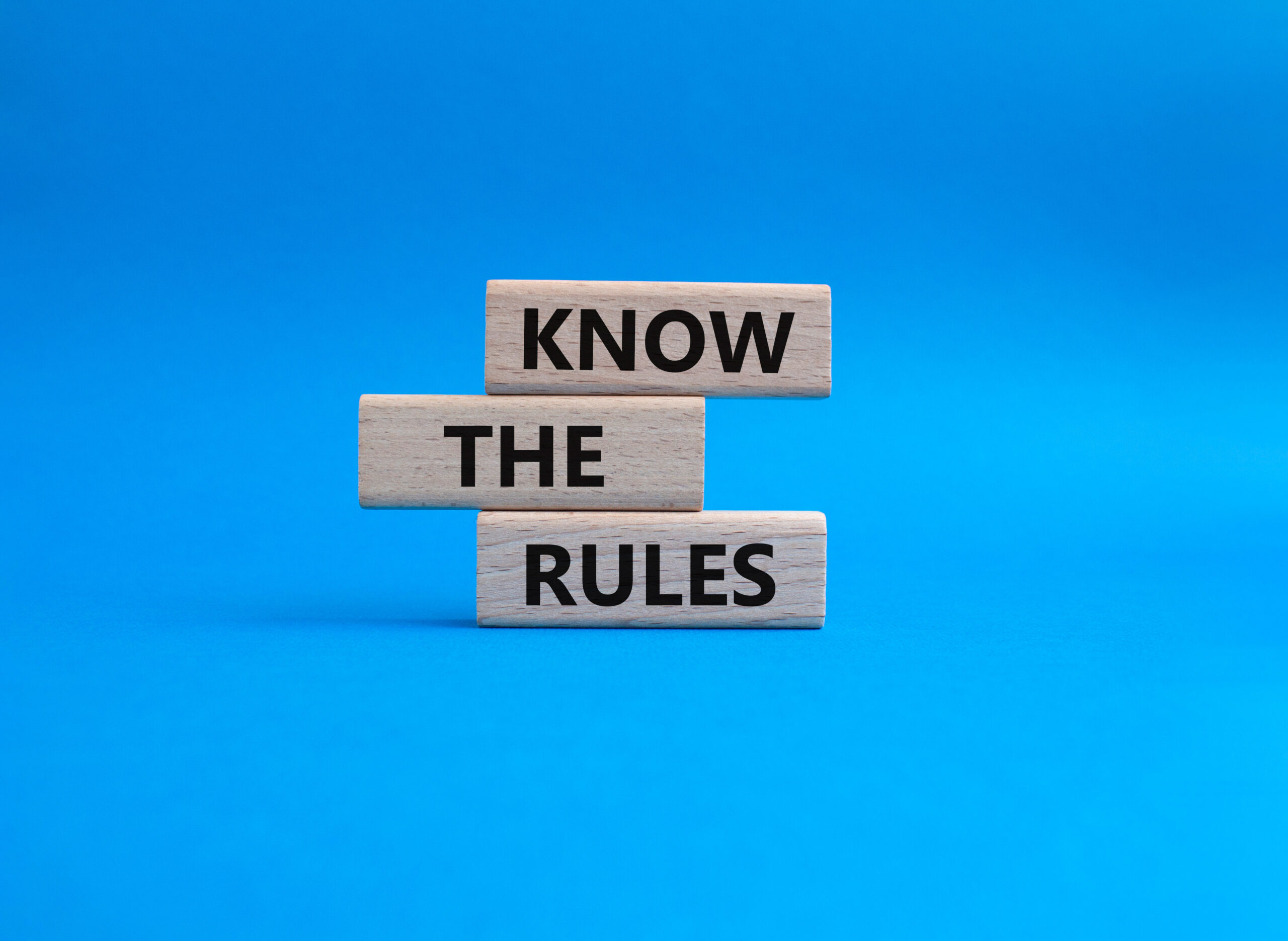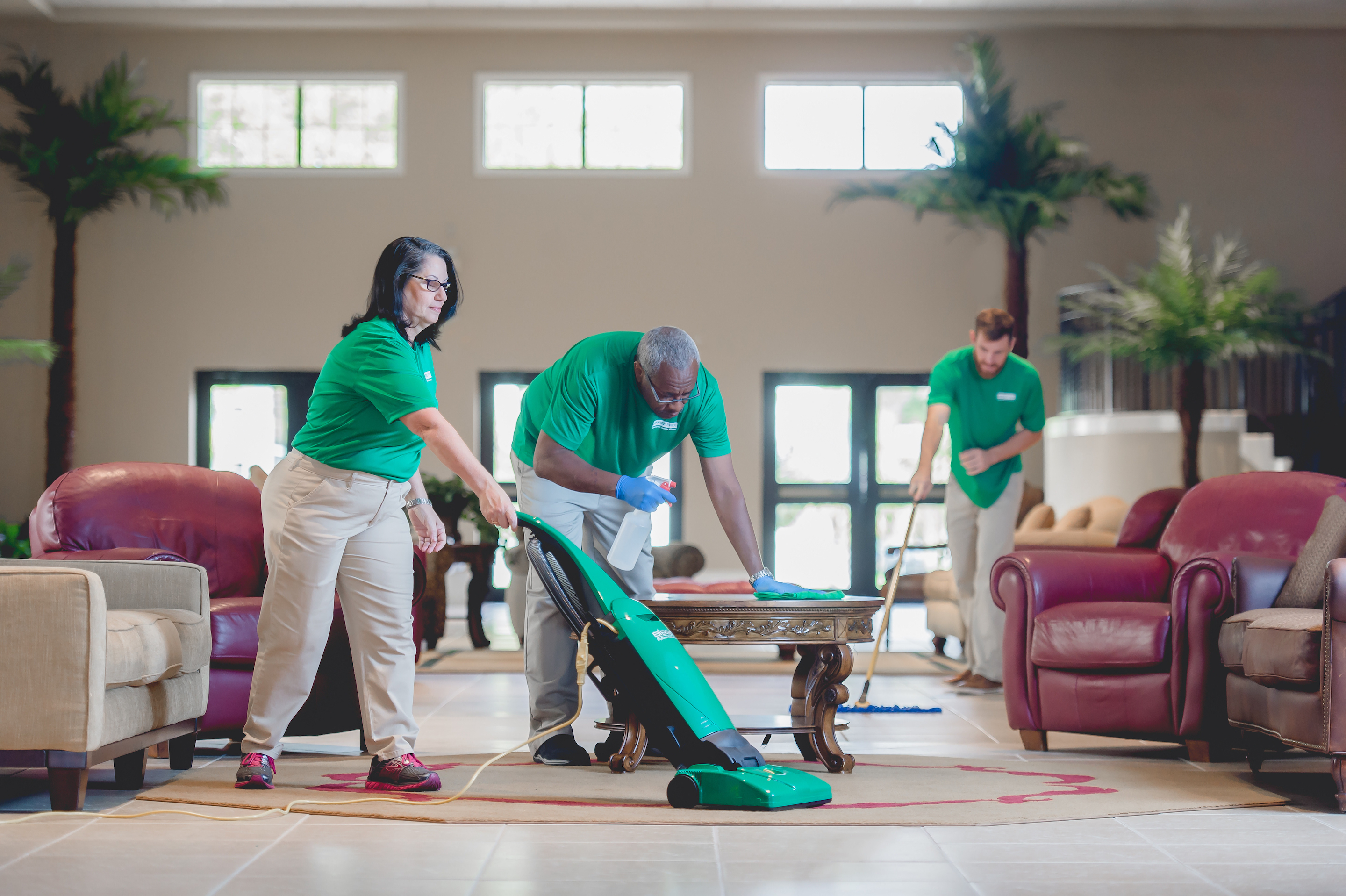Whether you call it QA or Inspections, checking up on the procedure and results of your technicians is an essential activity for customer retention, technician training and continuous improvement.
Auditing quality at your facility is extremely important and the information you can gain from such audits is powerful, provided the process is performed correctly and the information is used to its fullest capacity. So let’s delve into this auditing process using the 5 W’s of Who, What, Where, When and Why.
[EasyDNNnewsToken:Left Justify Embed 300 x 250]
Why Audit at All?
What will I gain from taking the time to perform quality inspections? Surprisingly, many facility operations supervisors state that “they do not have the time to perform quality assurance inspections as they are too busy dealing with day-to-day operations and managing their employees.” Quality Assurance Audits or QAs as we will refer to them throughout the rest of this article should be part of your day-to-day operations and are a significant part of managing your people. They are, at a minimum, a way to measure or gauge performance of your cleaning staff and cleanliness of your facility. Client surveys and feedback are also a way to gauge cleanliness of your building, but wouldn’t it be better to be proactive and take care of any issues before they are spotted by your clients?
By performing QAs, you will learn about your problem areas and the best way to spend your valuable resources addressing them. Whether those resources are spent on retraining, shadowing, or equipment fixes or purchases, you will be able to identify them quickly and efficiently. Not only will you be able to identify re-occurring trends of deficiencies, you will be able to note what your staff does well and provide accolades for this performance thus boosting morale. Words of praise go a long way, as we all know, and happy staff are often more productive staff.
What and Where Should We Be Auditing?
This will likely depend on what kind of facility you are managing as certain areas of importance may be different from facility to facility. What is important in an acute care health facility may not be the same for an educational facility. However, at some given point in time, all areas should be audited, some more frequently than others. You should always ensure you are getting a good cross section of room type and space in a single inspection. For example, if you were to typically inspect 10 areas in a single inspection and you were an educational facility, your 10 area choices might be: 3 classrooms, 1 corridor, 2 offices, 2 restrooms, 1 locker room and the gymnasium.
The exact items you choose to audit in each of these given areas may also be unique from area-to-area. For example, the items you choose to audit in a corridor will likely be different than those you choose to audit in a reception area or lounge. Choose the items that are of importance and most likely to be problematic. Avoid choosing an overabundant number of items in each area or attempting a comprehensive audit, or your auditors/inspectors will become frustrated and lose interest during the inspection and perhaps not complete the audit. I have seen audits with 40+ items in a given area, and more often than not, half of them did not get inspected. A good number seems to be around 10 – 15 items. In a public restroom, you may choose to inspect the following items:
– Toilets and urinals
– Stalls and partitions
– Sinks and counters
– Mirrors
– Dispensers (soap, paper towel, toilet paper, hand sanitizer)
– Floors
– Brightwork (faucets, taps, flushers, etc.)
– Doors and door handles
– High dusting (including vents)
– Walls
– Trash removal
– Lights and light switches
Another question around what should we be auditing is whether to audit visual cleanliness, environmental cleanliness (through the use of swabbing or black light), process cleaning or all of the above. Again, the answer to this question lies in what is important to you and your organization. If you are a healthcare facility, the answer is likely all of the above. We will answer more about this in the “How” category.
When Should I Audit?
This question presents itself in a couple of forms: 1) how often and 2) when a room is occupied or unoccupied? In terms of how often, you want to audit often enough to get a meaningful snapshot and trend of what is happening in that area. If you are hoping to trend problematic areas, auditing an area once a year is not very beneficial. To audit once will give you a one-time snapshot of that area in that given moment of time, but not necessarily speak to what is truly happening in that area over a period of time. Makes sense, right? It is like spotting a small puddle of clear liquid on the floor one day. You may assume someone spilled something and mop it up and that is that. However 3 days later that same puddle is there. Now you are a curious as to whether this is a coincidence or something more. You mop it up again and two weeks later the same pool of liquid is there. Now you notice there is a small water spot on the ceiling. When you think back, you realize that each time the puddle has appeared it has been raining out. Had you not being paying attention over a period of a couple of weeks, you would have simply dealt with the issue as a simple spill.
The same goes with an audit. If you inspect the area only once over a long period of time, you may hit it on a very good day or a very bad day, but that may not give you the whole picture of what is really happening in that area. Trending over a period of time is the key. With trending you are able to see with a greater deal of certainty and consistency what is truly happening. You are not just looking at a “one offs.” Trending allows you to highlight your problem areas and items and even employees. You may find that stocking dispensers in restrooms is problematic 65% of the time. You may find that high dusting is an issue in patient rooms but never in offices. You may find that one employee is struggling with washroom cleaning but all their other areas of responsibility are scoring very well. You may find that whiteboards are being missed in classrooms 68% of the time. It’s this type of information from trending that will give you insight as to where you need to spend your time. So the answer to frequency is enough to trend appropriately. In some institutions this may be certain areas monthly and other areas quarterly.
In terms of when (time of day, occupied or unoccupied) and not how often, this again is often a situational choice issue. I will tell you that there are pros and cons to every side. It is far easier to move around and inspect an unoccupied space. It is less intrusive and in most cases you are assured you should be inspecting a full clean of the space and not a partial clean. Having said that, sometimes clients want to know that you are performing regular audits of the space they occupy, and to be visibly seen doing so can often weigh in your favor.
Who Should Be Performing the Audits?
I have many clients say that they only deal in third party audits as they want an impartial opinion with a fresh set of eyes on the subject matter, and while I agree with this in theory, the problem lies in that these audits are often too expensive to perform more frequently than once a year. Your organization is only able to be reactive after the audit and not proactive while things are transpiring. Some organizations get the 3rd party audit results a week or two later; by then the information is stale. Having your own team auditing on a regular basis is truly a good thing. It keeps the focus on what is important: quality. A clean and healthy environment is as important to your own staff and your organization as it is to your clients. When accolades of achievements through auditing can be shared, it promotes a sense of ownership and increases morale. When minor issues can be caught and corrected before they escalate and become major issues, your clients will be happy.
Having your supervisors audit gives them a sense of responsibility and ownership as well. They need to know how their direct reports are performing. They need to be acutely aware of where there are problems and how they can be fixed. Quality Assurance Audits will provide them with this information. If you want a fresh set of eyes and impartiality, then I suggest you have the supervisors audit each other’s areas of responsibility. Managers should also be performing independent audits, perhaps not as frequently as custodial supervisors.
Lastly, the Very Important Question Beyond the Five W’s – How?
Using what tool? Using what methodology? Many are saying goodbye to paper-based audits for several reasons. One, it saves on paper in times of being environmentally conscious. Two, they are so time-consuming as often you have to return to some other program and input the information in order to track and trend. Three, the information you gain is not always accurate and detailed enough to make meaningful decisions. The technology to combine these functions is available, so why not use it? In today’s era, one can now perform inspections on a mobile device and gain critical information in real time. Reports can be generated directly from the device and shared with employees, clients, and superiors immediately. Problems and issues can be dealt with immediately.
Supervisors and Managers can delve into reports that show overall percentages, percentages by facility, by section/floor/wing, by area type, by employee, by supervisor, by inspection item. You can view results for a one-week period, a one-month period, a quarter, a year, you name it. You can also in many cases choose the methodology by which you inspect; for example, you can say all items in the room are of equal importance and thereby if there are 10 items and 7 pass and 3 fail the room scores a 70%. Another method would be to weight the items of different importance from 1 to 5 or 1 to 10. In this case if the three items that were weighted a 7 or 8 failed and the other 7 items were only weighted a 1 or 2 the score would be very different and the room would not pass. Some software tools allow you to choose the weight of the area type as well and not just the inspection items. So you may choose to weight restrooms, corridors and entrances at 100%, while classrooms are perhaps 90% and offices 60%.
Another question that often arises regarding audits is should I be inspecting visual cleanliness and recording these results or environmental cleanliness via means of swabbing or black light processes or both? Or should I be auditing the cleaning processes themselves? My recommendation is all three. All of these are valid and proven methods and will provide you with the information you need to make informed decisions around quality and performance. Only performing visual-based cleaning audits is not enough, especially if you are managing a healthcare facility. Knowing where organisms have been left behind is crucial and trending this is even more crucial. Auditing cleaning processes is also extremely important. You wouldn’t want the cleaner to go from wiping the toilet seat to your over-bed table. If you never audit the actual performance and process, you may never know that this could have happened. Good automated inspections technology should allow you to audit using any of these methods.
Quality assurance audits – make them a part of your regular routine. There are so many options and so many choices on the market today making it simple to perform a quality inspection, but performing inspections on a mobile device is definitely the way to go. With instantaneous results, meaningful data, impressive reports to share with everyone concerned, why wouldn’t you choose this method?
With cleanliness of your facility being key to providing exceptional customer service and quality, you want to ensure you are mastering this, and the only way to really know if you are providing it is to audit your cleaning.
Karen Hill-Whitson is the President of Breeze Facilities Solutions and Breeze Software. She is a certified Professional Healthcare Housekeeper and an ISSA Certification Expert (I.C.E.) in Cleaning Industry Management Standard.






